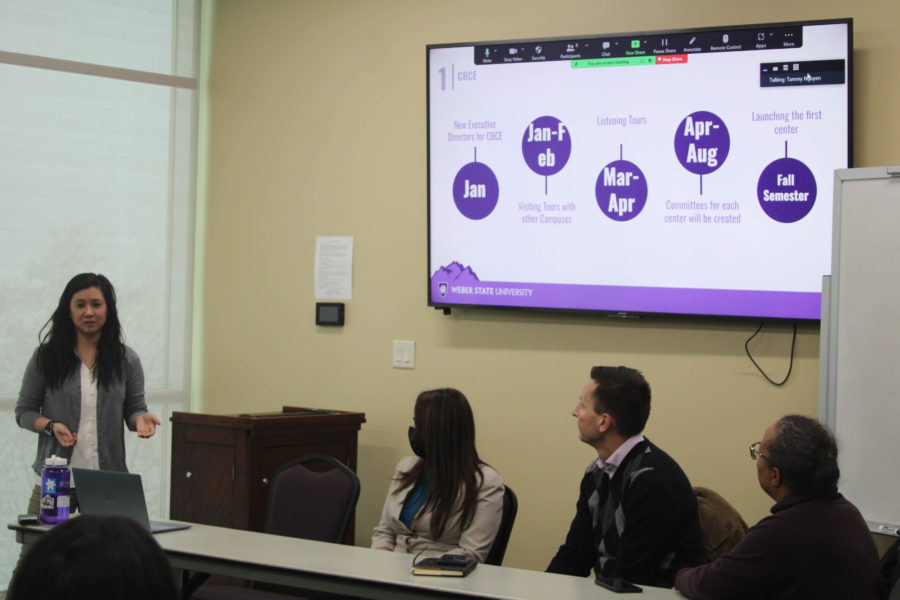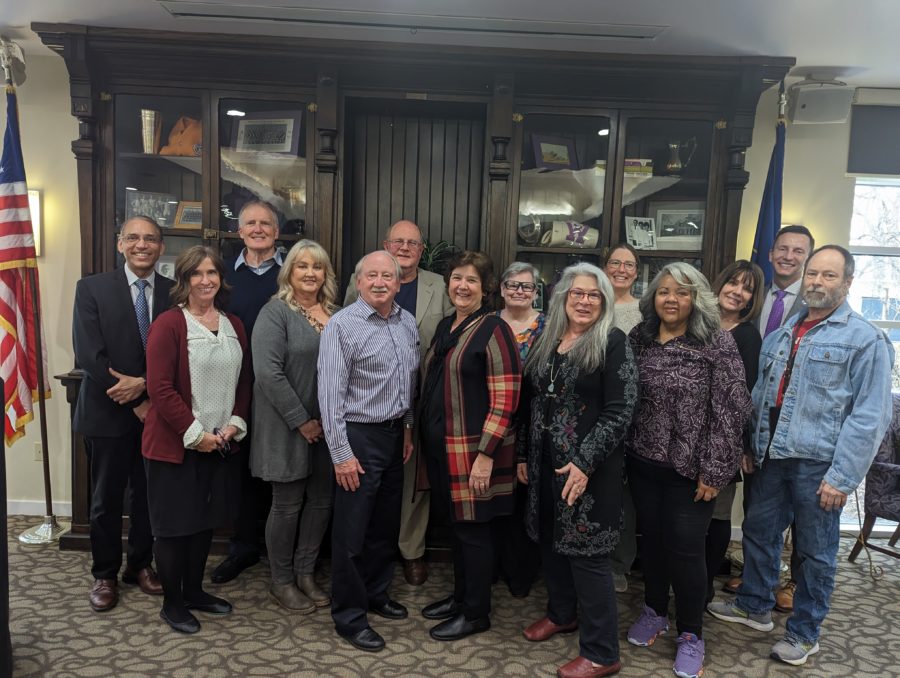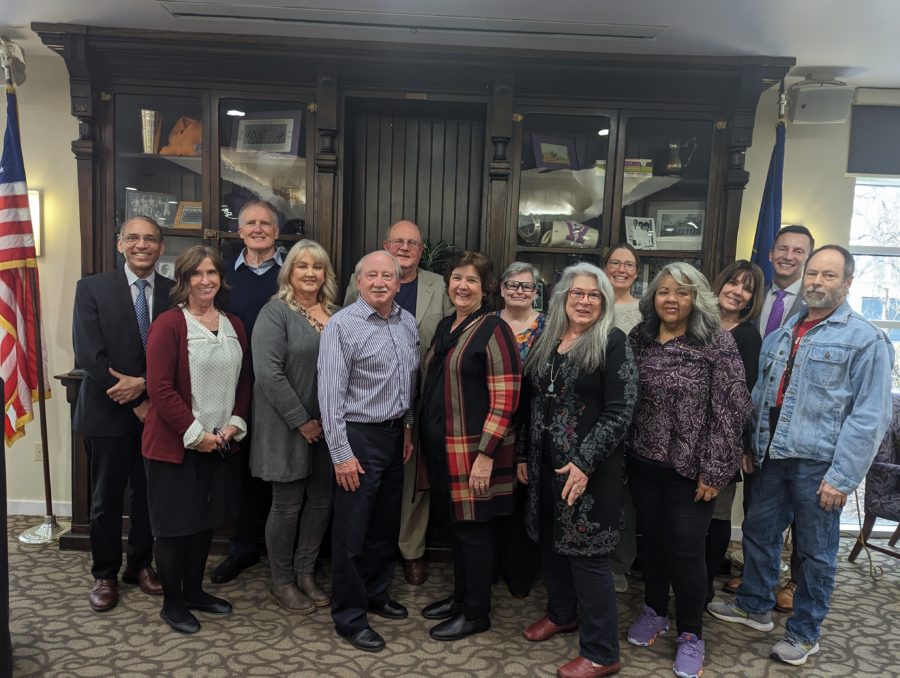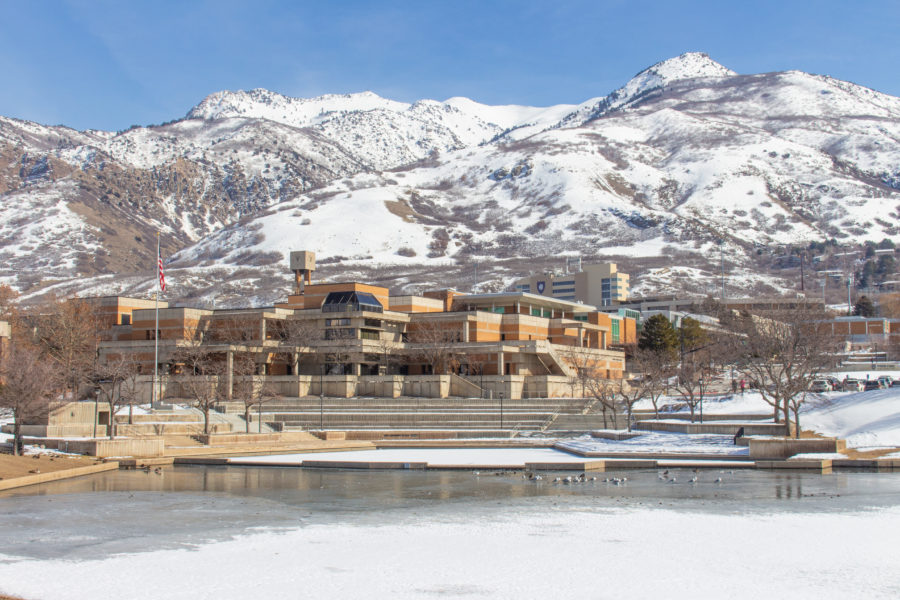Weber State University President Brad Mortensen, along with 100 signatories from across the state, signed the newly-created Utah Climate and Clean Air Compact earlier this month.
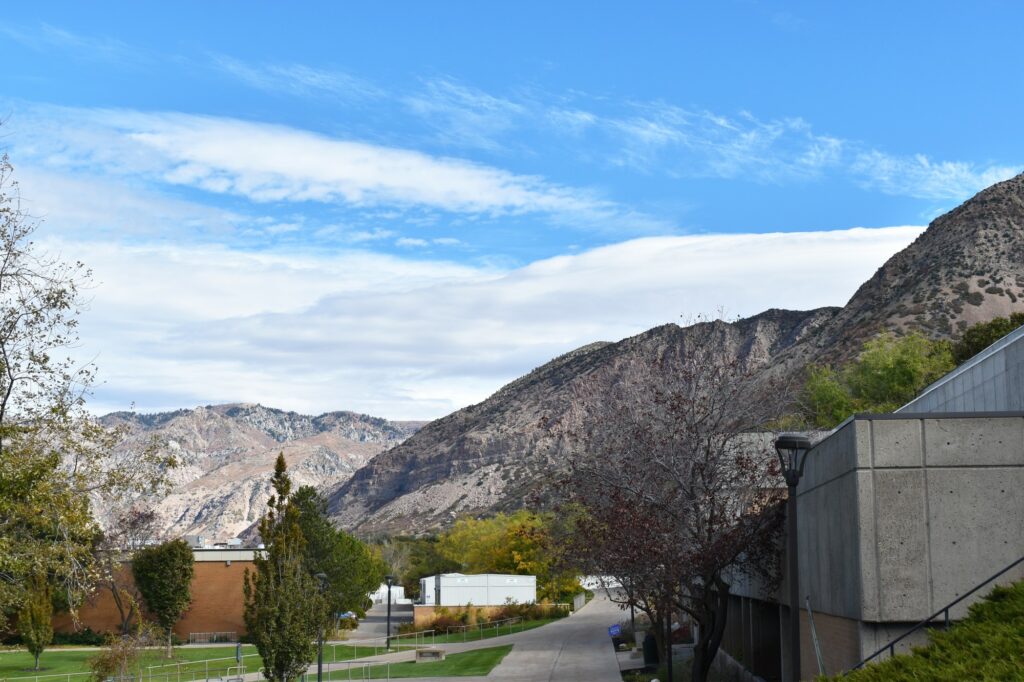
The compact aims to promote strategies that “benefit both air quality and our climate. This clean air-climate connection provides common ground for action,” according to the official UCCAC website.
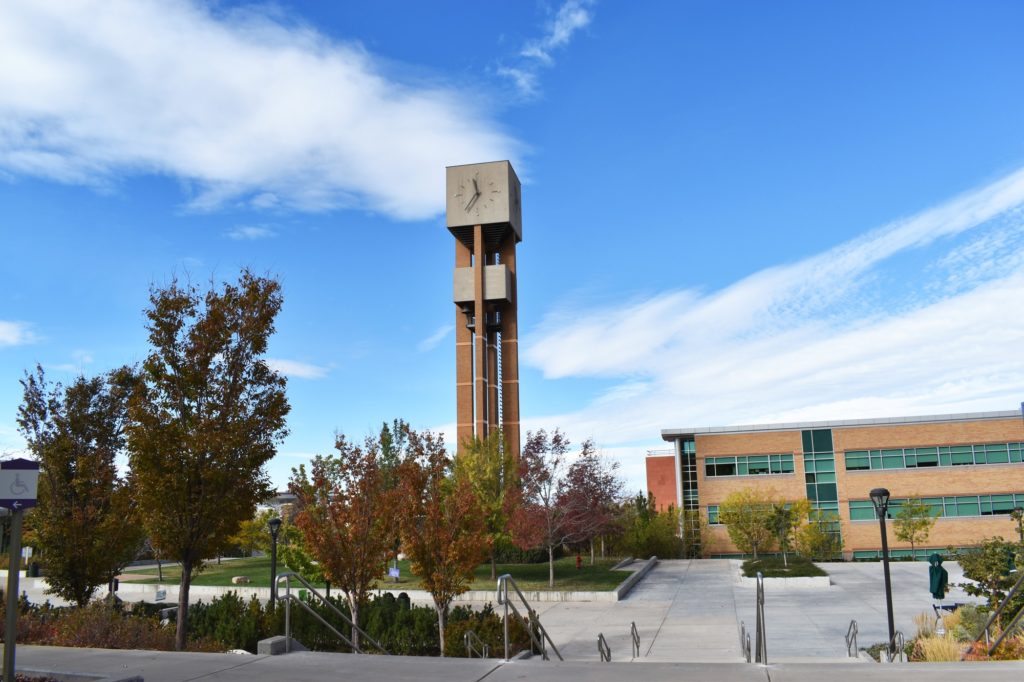
Signatories include Utah mayors, CEOs, a reverend, a bishop and local leaders of all kinds. Utah stands out among conservative states in taking such a step to address climate and clear air solutions, but a press release from UCCAC makes it clear that bipartisan cooperation is vital for the state’s future.
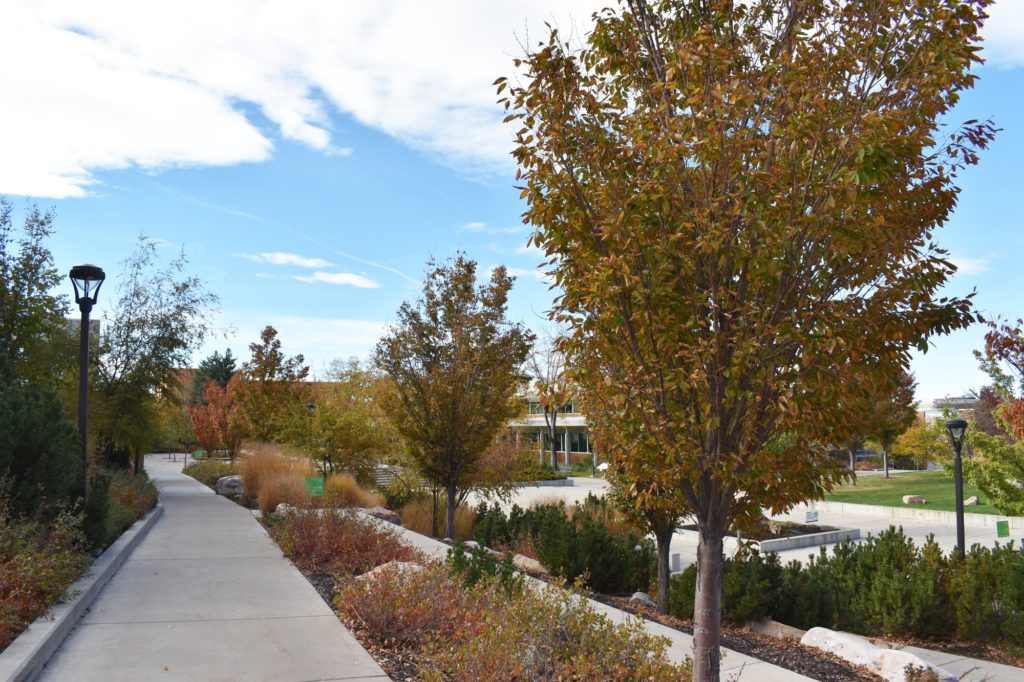
“The compact emphasizes a non-partisan approach to address a wide range of climate and clean air challenges ranging from our health to the economy to re-energizing rural communities,” the press release states.
The signing is just the latest display of an ongoing commitment to sustainability by WSU leadership. WSU has become a national leader among college campuses in the rush to go green in the face of a looming climate change crisis.
Recently, the Energy and Sustainability office at WSU has emphasized the success of Weber’s progress, stating that WSU is expected to be carbon-neutral at least 10 years ahead of schedule.
Weber State’s path to sustainability began back in 2007, when then-President F. Ann Millner signed the American College & University Presidents Climate Commitment, agreeing to “set a target date with interim milestones for becoming carbon neutral,” among other goals.
This pledge led to Weber’s goal of carbon neutrality by 2050, a year also set by many other signatories, including Utah State and UVU.
Back when ACUPCC was first signed, most campuses were taking steps such as buying clean energy credits from power companies and contracting with energy saving firms, Mortensen said.
Independent contractors would perform energy audits and report back to university facility management with plans to make the school more energy efficient. This reliance on outside contractors is costly and limiting — the university gets back only part of the money it would have saved on energy spending.
WSU’s leadership decided that, instead of doing what everyone else was doing, the university would figure out carbon neutrality on its own.
“They did all of the audits and benchmarking to figure out how much we were spending on energy,” Mortensen said. “The first tenet of our plan is efficiency, so wherever we can just be more efficient, we start there.”
One of the first steps was replacing and updating campus lighting, and the Dee Events Center became the first college basketball arena to remove all incandescent lighting.
WSU’s success also relies on a credit system in which the money saved on energy is able to cover the cost of the energy projects themselves. Over time, the money saved is reinvested into additional projects, in what is essentially a $5 million revolving credit line.
A main part of bringing the campus to carbon neutrality is electrifying the campus: removing systems that depend on fossil fuel power and replacing them with electrical systems that can use solar and other renewables.
This has been implemented in the ground-source systems for heating and cooling in Lindquist Hall, and other buildings on campus are planned to be retrofitted for ground-sourcing in the near future.
The next major step in WSU’s path to sustainability is implementing solar-power and ground-source in the new Noorda building for Engineering, Applied Science and Technology, which completes construction in December 2021.



